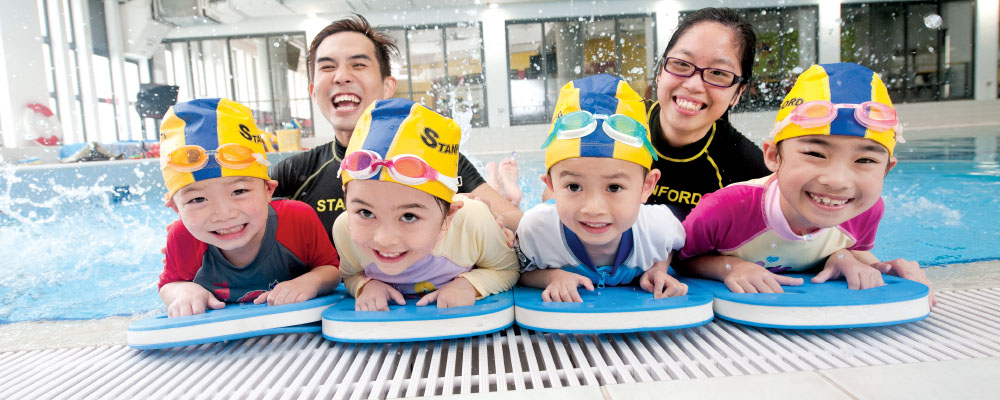About Stanford Path
The course starts with basic techniques to strengthen the swim learning foundation while building up the student’s confidence.
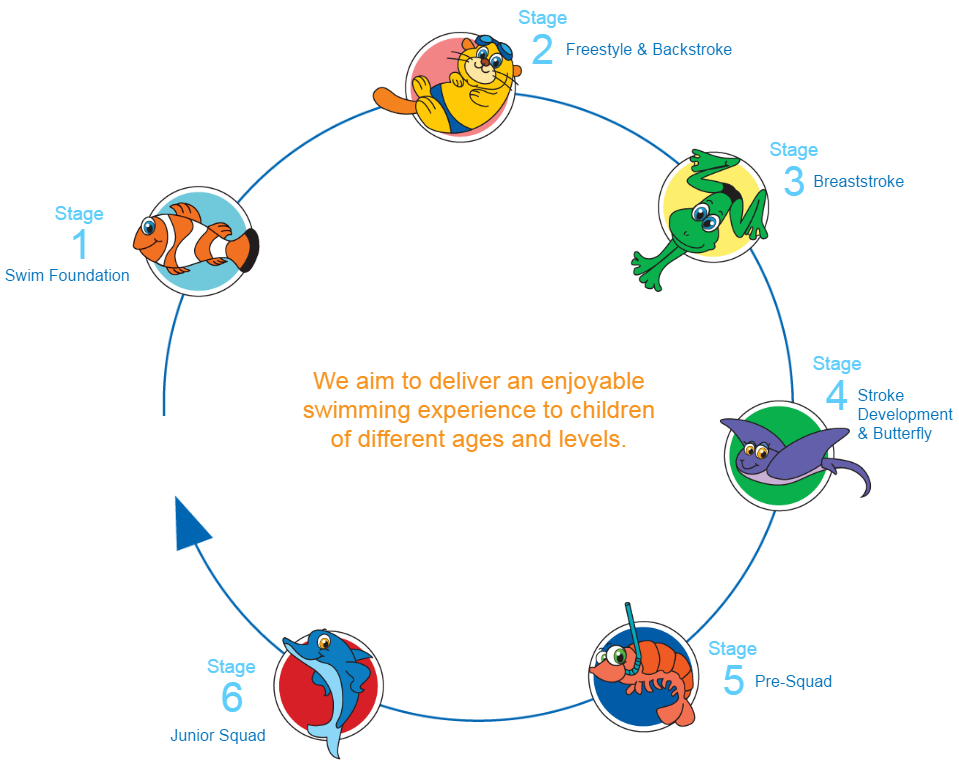
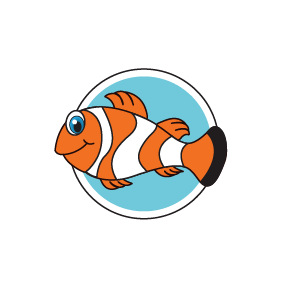
Stage 1 Swim Foundation
Build foundation, gain confidence and get ready for advanced level
Techniques: Submerging, floating, freestyle kicks with breathing coordination

Stage 2 Freestyle & Backstroke
Freestyle provides the greatest speed among the four styles and the movements are relatively easy to develop. Therefore, it is suitable for beginners to start off and to gain self-confidence for further advancement. Backstroke requires swimming on the back. This has the advantage of easy breathing as the swimmer is facing upwards. It helps to master the back floating body position, which is a basic survival technique.
Techniques: Freestyle arms and breathing coordination. Backstroke kicks with streamlined body position, arms and swim coordination
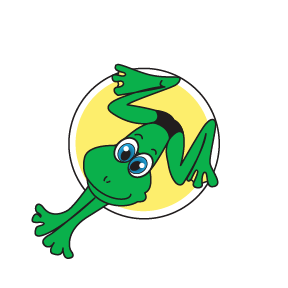
Stage 3 Breaststroke
Breaststroke mimics the frog’s swimming movements and is the most popular swimming style. The swimmer is looking forward and is able to observe the surrounding environment.Breaststroke kicks, arms and breathing coordination treading water and shallow dive.
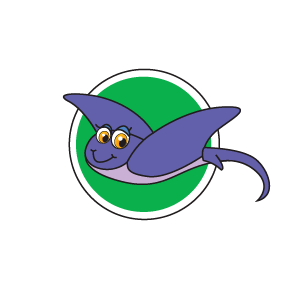
Stage 4 Stroke Development & Butterfly
Butterfly stroke evolves from the swimming technique of Breaststroke. Its movement
mimics the dolphin kick. This is known to be the most gorgeous style among the four.
Techniques: Competitive technique of Freestyle, Backstroke and Breaststroke, Butterfly kicks, arms and breathing coordination.
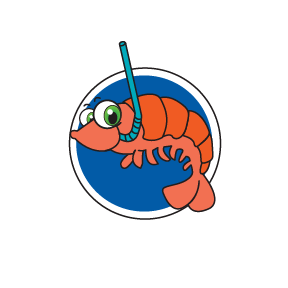
Stage 5 Pre-Squad
Basic training to enhance competition skills and stamina
Techniques: 4-stroke strengthening, start and turn, endurance and speed
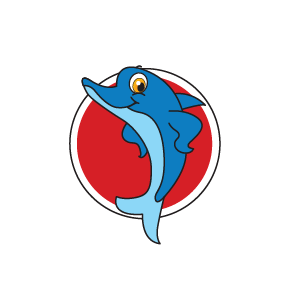
Stage 6 Junior Squad
Advanced systematic training aiming at distance and speed enhancement
Techniques: Further strengthen 4-stroke skills and set goals for each member

